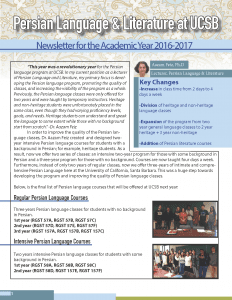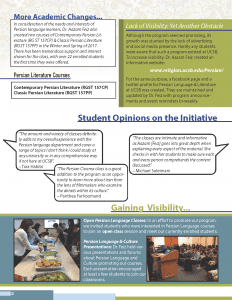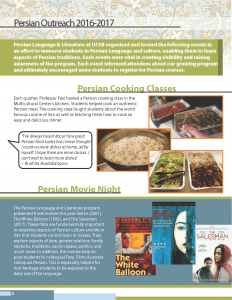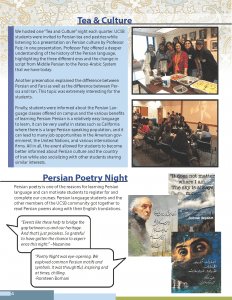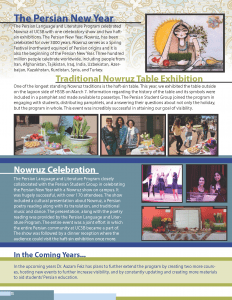The Makers of Buddhism:
Practical Arts and Professional Disciplines in the Construction of the Buddhist Cultural Heritage from India to Japan and to Mongolia
University of California, Santa Barbara, October 30–November 1, 2023
This workshop aims at reconsidering Buddhism and its cultural heritage by looking at them through the lens of the professionals (artists and craftspeople) who were directly engaged in producing, maintaining, and reconstructing Buddhist sites, and by studying the various systems of practical knowledge they created and transmitted.
Since ancient India, professionals specialized in various practical arts and disciplines were affiliated with Buddhist temples and monasteries. They were in charge of various disciplines defined by the general term of śilpa-vidyā (“science of practical arts”) in India, Tibet, Mongolia, and Japan; their know-how was codified in texts in treatises on practical arts (Skrt. śilpa-śāstras). Śilpa-vidyā included wide range of disciplines such as architecture and carpentry, types of engineering, sculpture and painting, music, and dance. Related fields of specialized, professional expertise included poetry (which belonged to the science of linguistics), medicine, and astrology/divination. Several of these texts from medieval India remain, but only a few have been studied, especially in relation to visual arts. Some information related to śilpa-vidyā made its way into the vinayas, such as information on the architectural structure of monastic compounds and various practical activities within the temples.
In the case of Japan, a number of these systems of practical knowledge from India where transmitted to China and Korea, where they were combined with local systems of knowledge, technologies, and practices; in this hybrid form, they were transmitted to Japan. Some forms of professional guilds are recorded in Japan already toward the sixth century; a system of professions was codified in the early eighth century, but later on, from around the tenth century, many professional guilds came to be affiliated with Buddhist temples, and monastics are known to be experts in some of these practical technologies. The practical arts practiced at Buddhist temples include a broader range than the Indian śilpa-vidyā (they also include poetry, medicine, astrology and various forms of divination). However, this is a blind spot of research, and very little is known about who these people were, how they learned, and what kind of documents they left. A significant exception is constituted by Gagaku musicians; some of them wrote encyclopedic works between the thirteenth and seventeenth centuries that describe not only specific information about music practice and performance techniques, but also more general knowledge, which is extremely useful for the reconstruction of the intellectual system and the mentalities of the time.
In the case of Mongolia, practical arts made their way to the monastic curriculum following the example of traditional Tibetan monastic education, which was based on the educational model developed in India at Nālandā.
This workshop will contribute to a better knowledge of these traditional arts and systems of knowledge and practice.
PARTICIPANTS
Dr. Abe Yasurō is a professor at Ryukoku University in Kyoto. He works on the intersection of religion and the arts in medieval Japan and has carried out extensive investigations at temple archives that have yielded a wealth of previously unknown and little-studied manuscripts. He is the author of many influential books and publications.
Dr. José I. Cabezón is a professor emeritus in the Department of Religious Studies at the University of California, Santa Barbara, where he held the XIV Dalai Lama Chair in Tibetan Buddhism and Culture. He is the author of many books and publications on Tibetan Buddhism, and is a past president of the American Academy of Religion.
Dr. Isabelle Charleux teaches at Sorbonne University and is a senior researcher at the Centre National de la Recherche Scientifique/Groupe sociétés, religions, laïcités; she is also the director of the journal Nord-Asien. She has authored several books, scholarly articles, and catalogues on Mongolian material culture, including temples.
Dr. Fabio Rambelli (UCSB) is a professor in the Department of Religious Studies and in the Department of East Asian Languages and Cultural at the University of California, Santa Barbara, where he holds the International Shinto Foundation chair in Shinto Studies. He has published on Shingon Esoteric Buddhism, on medieval Shinto, on issues related to the materiality of Buddhism and religion in Japan, and, most recently, on the world of Gagaku musicians in medieval and early modern Japan. He is also a musician and performer of Gagaku with three CDs credited to ensembles he directs.
Dr. Uranchimeg (Orna) Tsultem is an Associate Professor in the Herron School of Art + Design, and Edgar and Dorothy Fehnel Chair in International Studies at Indiana University – Purdue University, Indianapolis. She is a scholar of Mongolian art and culture whose research focuses mainly on Buddhist art and architecture and contemporary Asian art. She has a long curatorial career exhibiting Mongolian art internationally since 1997. She is an active scholar with six books published in Mongolia, in addition to her monograph, A Monastery on the Move: Art and Politics in Later Buddhist Mongolia, published in December 2020 from Hawaii University Press.
Dr. Ellen Van Goethem is an Associate Professor in the International Graduate Program in Interdisciplinary Humanities at Kyushu University, Fukuoka (Japan). As an intellectual historian of ancient Japan, she works on archeology, urban development, site divination, and on issues related to cultural heritage, especially the new field of reconstruction studies. She is currently working on a history of Heian Jingū imperial shrine in Kyoto.
Dr. Vesna Wallace is a professor in the Department of Religious Studies at the University of California, Santa Barbara, where she teaches the history of Indian Buddhism and Mongolia Buddhism. She is the author of numerous books and publications on various aspects of the Buddhist tradition; she is also the vice-president of the International Association of Buddhist Studies.











